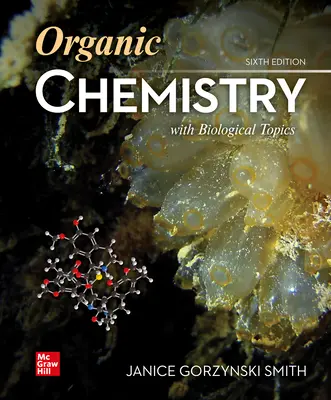
Since there are two bonds, you must identify two different sets of orbitals. Describe which orbitals are used to form the C=O bond.

Consider the organic molecule drawn below. Indicate the hybridization of the carbon ion in each compound below. What is the hybridization for each of the indicated atoms in the following compound? NĪ) a - sp2 b - sp2 c - sp2 B) a - sp2 b - sp3 c - sp3 Ans: DĪ - sp b - sp2 c - sp3 a - sp2 b - sp2 c - sp3Ģ6. Which of the following structures are resonance structures of each other? a.Ī and b b and c a and c All are resonance structures. Which of the following pairs of compounds are resonance structures? O and H3 CĢ4. Which is the most accurate representation of the resonance hybrid for the resonance structures shown below? OĢ3. How are the molecules in the following pair related? O and H3CĢ2. How are the molecules in the following pair related? NHĢ1. How are the molecules in the following pair related? andĢ0. How are the molecules in the following pair related? andġ9. How are the molecules in the following pair related?ġ8. How are the molecules in the following pair related? andĪ) They are constitutional isomers. How are the molecules in the following pair related? Oġ6. How are the molecules in the following pair related? H3CĪ) They are constitutional isomers. Which is not a valid resonance structure for the anion below? O H2Cġ3. Which of the following is not a valid Lewis structure of CH3NO2? H H a.ġ2. Convert the following skeletal formula to a condensed formula.Ī. What is the condensed formula of the compound below? Br Br a. Convert the following compound from a condensed formula to a skeletal formula: CH3CH2C(CH3)2CH2CH(CH2CH3)CH2CH(CH3)2. Which is the appropriate conversion of CH3CHClCH2CH(CH3)2 to a skeletal formula? Cl a.Ĩ. Which of the following is (are) valid Lewis structure(s) for the anion (CH2NO2)–? Assume the atoms are arranged as drawn. Which of the following is (are) valid Lewis structure(s) for the anion (HCONCH3) –? O H H a. Which is not an acceptable Lewis structure for the anion (CH2NCO)–? a.ĥ. E) Carbon participates in 4 covalent bonds, oxygen participates in 2 covalent bonds and nitrogen participates in 3 covalent bonds. D) Carbon participates in 3 covalent bonds, oxygen participates in 3 covalent bonds and nitrogen participates in 5 covalent bonds. C) Carbon participates in 4 covalent bonds, oxygen participates in 3 covalent bonds and nitrogen participates in 3 covalent bonds. B) Carbon participates in 3 covalent bonds, oxygen participates in 2 covalent bonds and nitrogen participates in 5 covalent bonds.

Which of the following statements correctly describes the typical bonding of carbon, nitrogen, and oxygen in organic molecules? A) Carbon participates in 4 covalent bonds, oxygen participates in 2 covalent bonds and nitrogen participates in 5 covalent bonds.

Which of the following correctly describes the electrons of a carbon atom in its ground state? A) 3 s electrons 3 p electrons B) 2 1s electrons 4 2p electrons C) 2 1s electrons 2 2s electrons 2 2p electrons D) 2 1s electrons 2 2s electrons 4 2p electrons E) None of these choices is correct. Which is the most electronegative atom in the compound below? OH Br N HĢ.


 0 kommentar(er)
0 kommentar(er)
